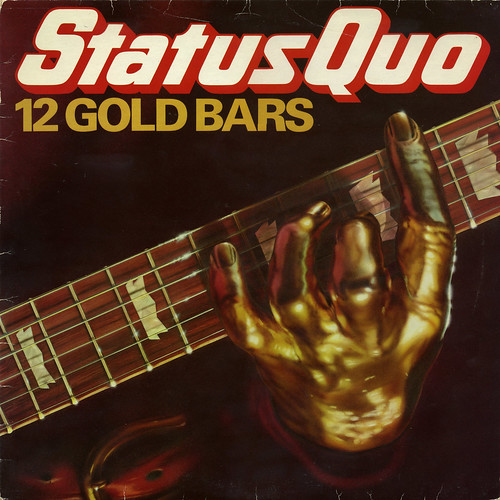How can you make others more likely to agree with your choices?
.Make it clear your selection is the status quo:
Many factors contribute to status quo perseverance, some justifiable, some not. We focus on an advantage accruing to a policy from just calling it status quo, which is that the mere label makes it look better. When comparing pros and cons of competing policies, labeling one status quo sets it up as the reference point with respect to which pros and cons are potentially either losses or gains. Since “losses loom larger than gains,” pros one has weigh more than pros one does not, while the reverse holds for cons, thereby tilting the overall balance of pros and cons in favor of the policy designated as status quo. Direct evidence for this account is presented by showing that: (a) A policy’s attractiveness increases when it is labeled status quo; (b) A policy’s attractiveness is predictable from its pros and cons; and (c) The magnitude of status quo enhancement is predictable from a quantitative model that measures aversion to potential losses (accruing to having it replaced). Alternative processes, which may be valid in other paradigms, are obviated in the present one.
Source: “Loss Aversion and Status Quo Label Bias” from Social Cognition
Join 25K+ readers. Get a free weekly update via email here.
Related posts:
Things you didn’t know about negotiation, persuasion and influence
7 of the most powerful persuasion techniques by expert Robert Cialdini (Video)





